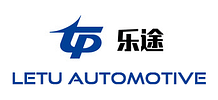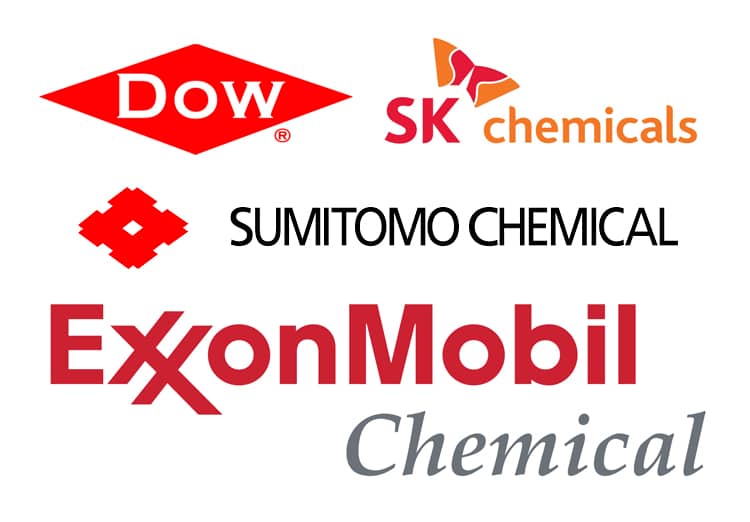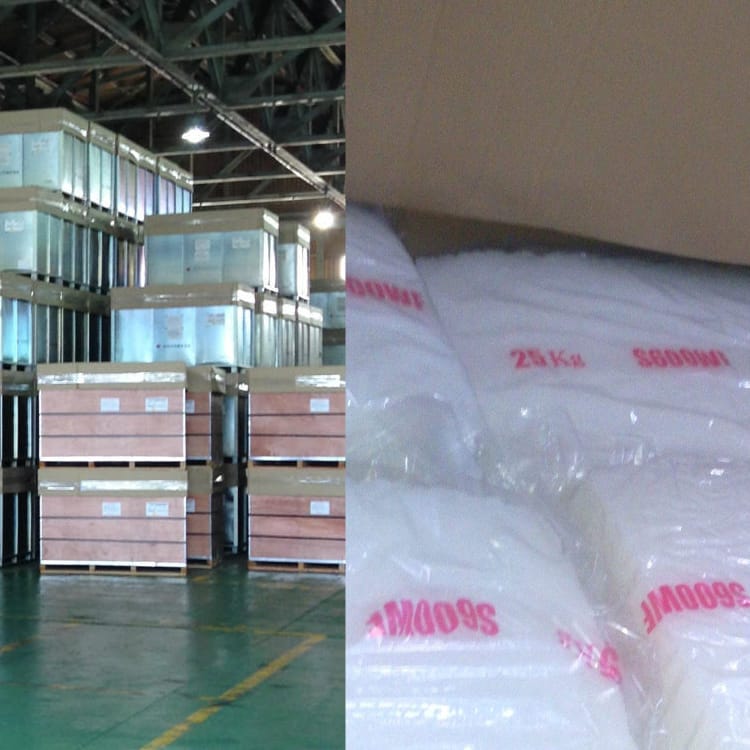Letu Automotive offers a range of rubber and elastomer materials to meet your individual appliacation. We continually monitors REACH and RoHS regulations in an effort to maintain compliance with both regulations.
EPDM is one of the most widely used synthetic rubbers. It can be found in several industries ranging from automotive to HVAC (heating, ventilation and air conditioning). This is due mainly to its excellent resistance to water, steam, oxidation, ozone, acids and alkalis, as well as its ability to withstand significant temperature fluctuations (-60ºF to +150ºF).
Properties:
| Material Name(S): | Ethylene Propylene Diene Monomer |
| Material Code: | ASTM D1418: EPDM ASTM D2000: BA, CA, DA |
| Service Temperature Range: | -60F to 300F |
| Feature: | Weather, ozone and water |
| Non Recommend Usage: | Oils and water steam |
| Duromater Range: | 25-95 Shore A |
| Most Common Application: | Automotive, Truck, etc. |
Nitrile rubber is best suited for applications where resistance to oil, fuel and chemicals is required. NBR is commonly used for industrial and automotive applications, in products such as fuel and oil handling hoses, seals, grommets and o-rings.
Properties:
| Material Name(S): | Nitrile/Buna N |
| Material Code: | ASTM D1418: NBR ASTM D2000: BF, BG, BK, CH |
| Service Temperature Range: | -40F to 250F |
| Feature: | Oil, petroleum and high wear |
| Non Recommend Usage: | Ozone, tear, ketones and ester |
| Duromater Range: | 40-85 Shore A |
| Most Common Application: | Nitrile/Buna N |
Silicone is one of the most versatile of “rubber” compounds. With its extreme temperature range (-80°F to 550°F), it exceeds all comparable materials in their insulating properties as well as flexibility in a wide range of electrical applications. It is non-conductive, maintains dielectric strength (can be formulated to be conductive), and can be color matched to any Pantone/RAL.
Properties:
| Material Name(S): | Silicone |
| Material Code: | ASTM D1418: MQ, VMQ, PVMQ ASTM D2000: FC, FE, GE |
| Service Temperature Range: | -80F to 550F |
| Feature: | Flexibility, compression set resistance, UV, ozone, static applications |
| Non Recommend Usage: | Tear, abrasion and tensile strength, dynamic applications |
| Duromater Range: | 40-85 Shore A |
| Most Common Application: | Electrical, fluid control, medical |
Neoprene(CR) is characterized by its versatility. It has good mechanical strength, it is ozone and weather resistant, and has good aging resistance. It bonds well to metal and has a good resistance to certain chemicals.
Properties:
| Material Name(S): | Neoprene |
| Material Code: | ASTM D1418: CR ASTM D2000: BC, BE |
| Service Temperature Range: | -65F to 250F |
| Feature: | Abrasion, ozone and flame retardant |
| Non Recommend Usage: | UV, heat, ketones and ester |
| Duromater Range: | 20-90 Shore A |
| Most Common Application: | Industrial |
Natural rubber (NR) is fairly easy to process. It has good low temperature properties, excellent elongation and a high resistance to tears and abrasions. Its useful temperature range is between -60ºF and + 170ºF, and it can be easily bonded to metal. Unfortunately natural rubber exhibits poor resistance to ozone, oxygen, sunlight, solvents and oils.
Properties:
| Material Name(S): | Natural rubber |
| Material Code: | ASTM D1418: FVMQ ASTM D2000: FK |
| Service Temperature Range: | -60F to 170F |
| Feature: | Compression set, abrasion, tear and electrical insulation |
| Non Recommend Usage: | Ozone, strong acids, oil and petroleums |
| Duromater Range: | 25-90 Shore A |
| Most Common Application: | Abrasive protection, vibration dampening, Diaphragms. |



